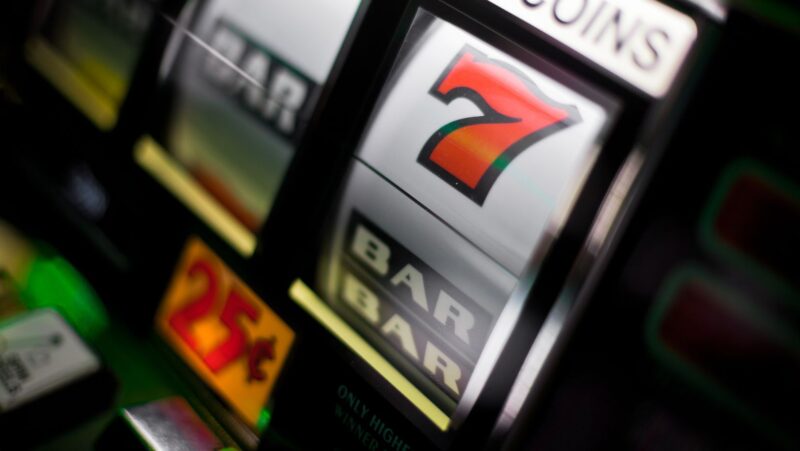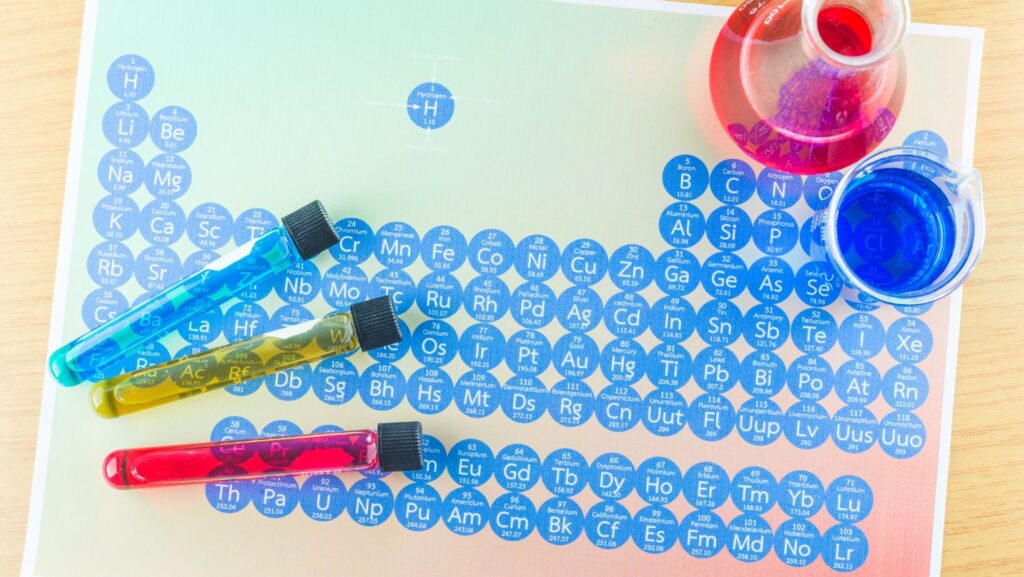
Navigating the world of chemistry can seem like deciphering an ancient, complex code. But there’s no need to fret; the periodic table of elements is here to simplify things. It’s not just a chart; it’s a comprehensive map to understanding the building blocks of the universe.
This article delves into the printable periodic table – a must-have tool for students, educators, and science enthusiasts alike. It’s a compact, accessible version of the atomic world, ready to be explored. Whether you’re studying for a test, teaching a class, wondering if you can take Zyrtec And Mucinex together or just indulging your curiosity, a printable periodic table can be your guide.
Printable:7gtwkb1zxby= Periodic Table of Elements
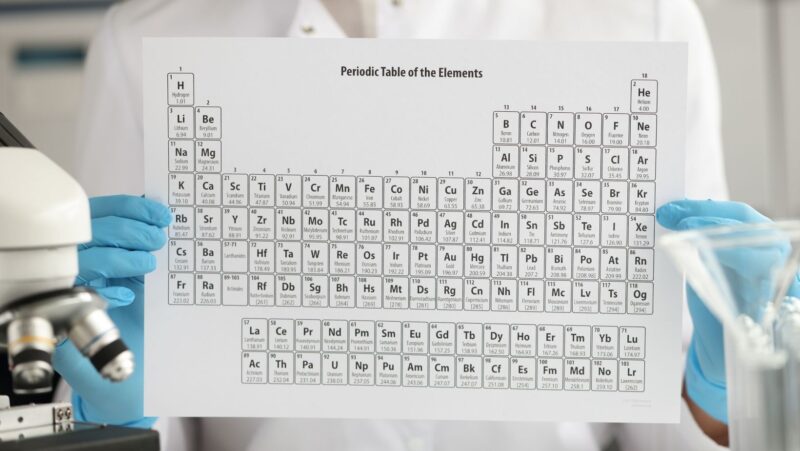
He arranged elements by atomic weight, making allowances for undiscovered elements to keep the repeating chemical properties intact, that can tell you if you can use Delsym And Dayquil simultaneously. However, it’s Henry Moseley’s version from 1913 many consider the modern periodic table. Moseley sorted elements by atomic number rather than weight.
Over the centuries, scientists filled gaps, added elements, and tweaked details. New elements are continually studied, tested, and added, keeping the table current. As of 2021, it comprises 118 confirmed elements. The printable periodic table embraces these updates, offering a snapshot of the atomic world in its present state.
Key Features of a Printable Periodic Table of Elements
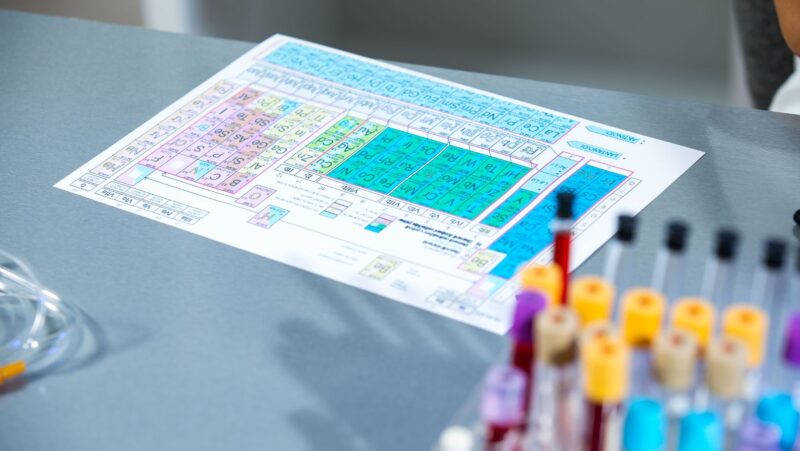
Dividing elements into several categories─including metals, metalloids, and non-metals─enhances comprehension of element attributes and behavior. The periodic table also maps periods and groups, denoting trends in element properties. Periods refer to rows in the table, grouping elements with the same total number of atomic orbitals. Groups, or columns, comprise elements sharing electron configurations, implying comparable traits.
Incorporating color-coding augments visual classification by delineating distinctive element groups. Symbols, often linking to their Latin origins, cater as an international nomenclature. Lastly, a printable nature makes accessibility its highlight, promoting learning anywhere, anytime.
Choosing the Right Printable Periodic Table
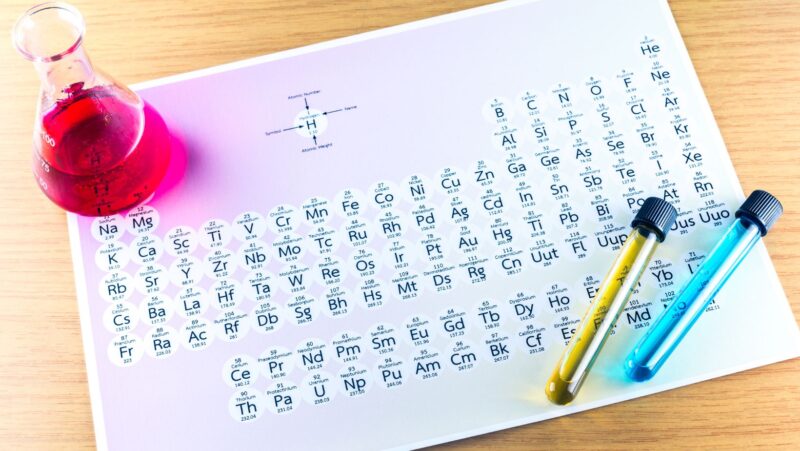
It delivers essentials like atomic numbers, symbols, and atomic weights. Secondly, user-friendly features, like color-coded categories, visual representation of periods and groups, and international symbols, simplify comprehension. They offer an engaging platform for learning elemental characteristics. It’s also useful if the table illustrates the divisions between metals, metalloids, and non-metals for easier identification.
An ideal printable periodic table balances detailed information with legibility. It should preserve the compact format, yet remain readable even when printed on smaller pages. Accessibility matters, too. The table shouldn’t require proprietary software or specific printing materials for use. Lastly but importantly, it must be up-to-date. As scientific advancements occur, dynamic tables delivering the latest data stand out. Always source tables from reputable educational institutions or science-oriented platforms to bolster learning efficacy.
Benefits of Using a Printable Periodic Table
The printable periodic table’s utility in chemistry education can’t be overstated. It’s not just a tool for learning; it’s a bridge between complex scientific concepts and easy comprehension. With the right table, students can effortlessly navigate through the maze of elements, their properties, and relationships.
It’s all about choosing a table that’s accurate, readable, and up-to-date. That’s why it’s crucial to source from trusted educational platforms. A well-chosen printable periodic table can truly make chemistry a breeze, bringing clarity to the colorful world of elements. So, whether you’re a student, teacher, or a curious learner, let the printable periodic table be your guide in the fascinating journey of chemistry.












